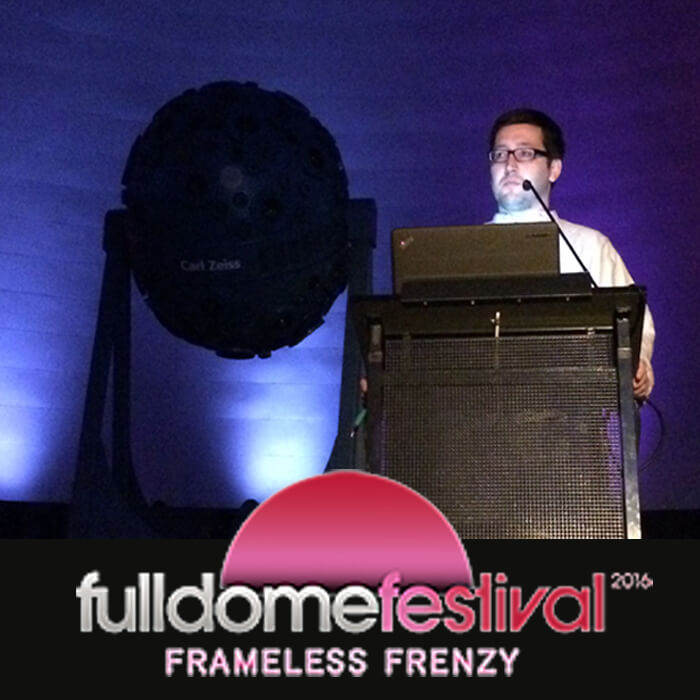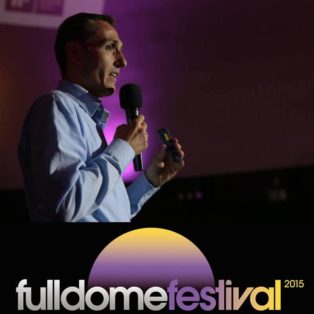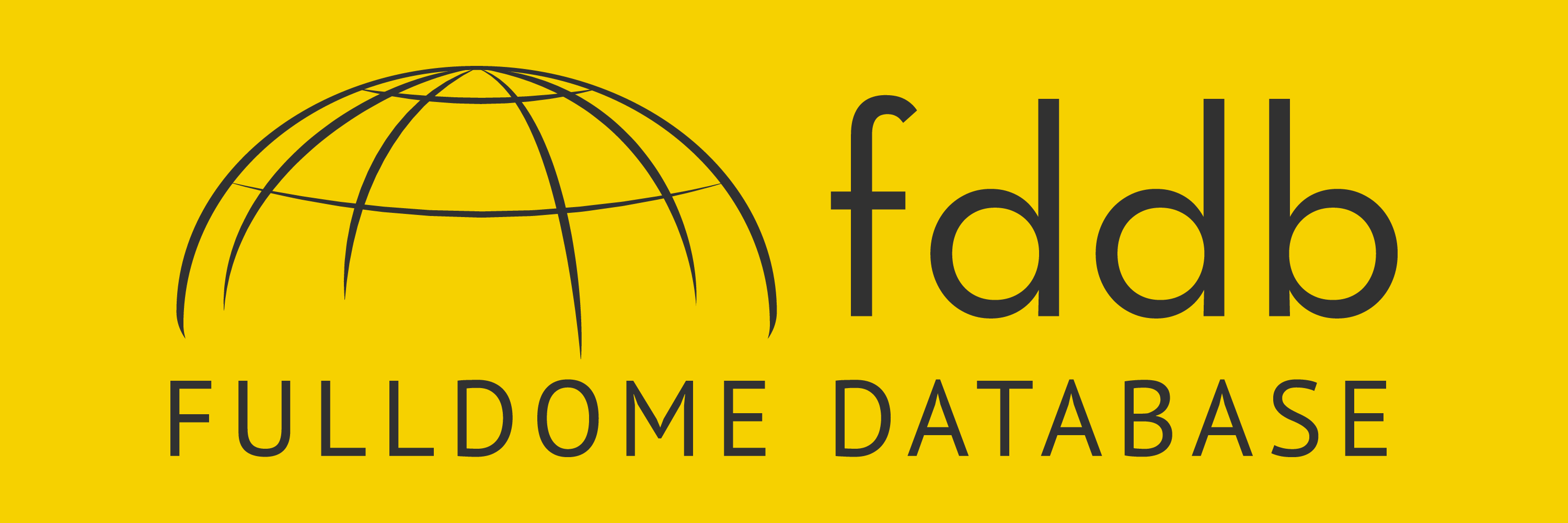Hannes Wagner Narrating in 360° – 10th Fulldome Festival Diary
Hannes Wagner, a creative producer of animated films and VFX/CGI effects, has been engaging himself with the dome since the very first Fulldome Festival. He produced some trailers for the festival, and created a few fulldome fairy tales.
As a Master of Fine Arts in the sphere of fulldome and 360° films, Hannes Wagner had been conducting Fulldome Film and Storytelling seminars in Bauhaus University, Weimar, till 2012. After that he has been working on various immersive projects as a freelancer.
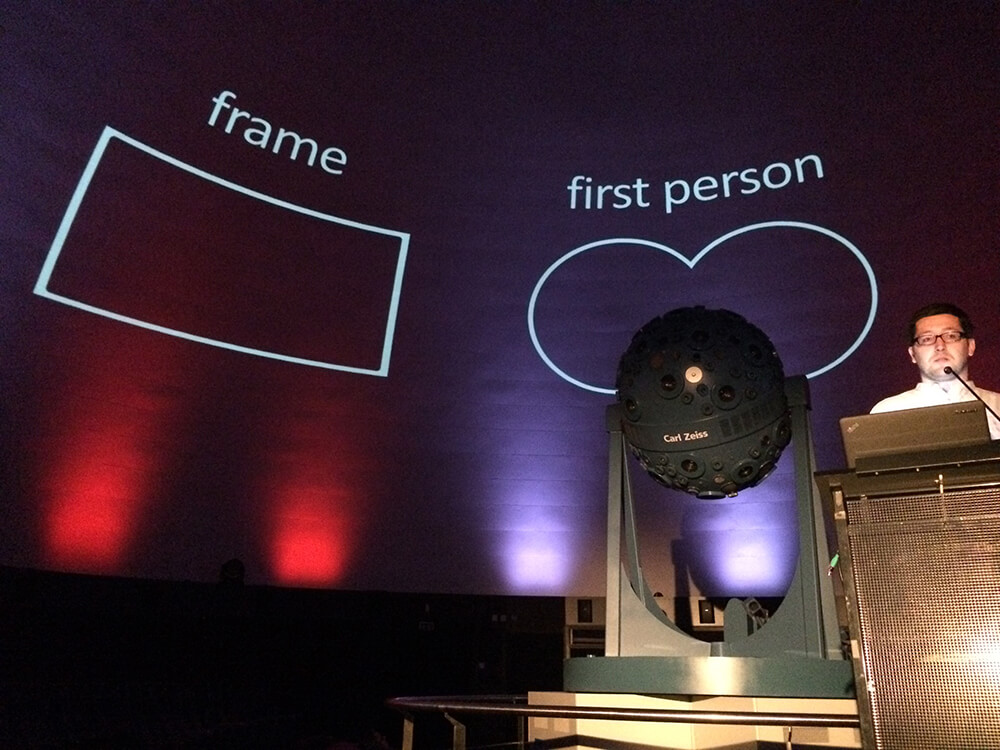 Producers realized VR and fulldome formats are now very close and a lot of experience can be transferred from fulldome to VR.
Producers realized VR and fulldome formats are now very close and a lot of experience can be transferred from fulldome to VR.
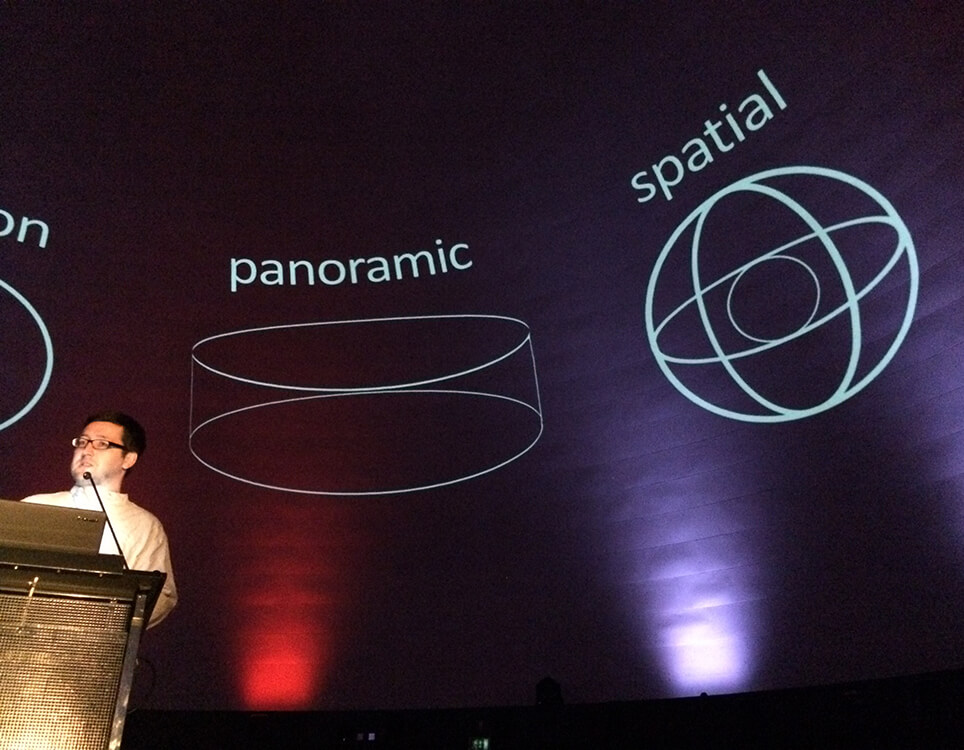 Practically, there’re several ways to bring a story inside the dome regardless of the genre of your future film:
Practically, there’re several ways to bring a story inside the dome regardless of the genre of your future film:
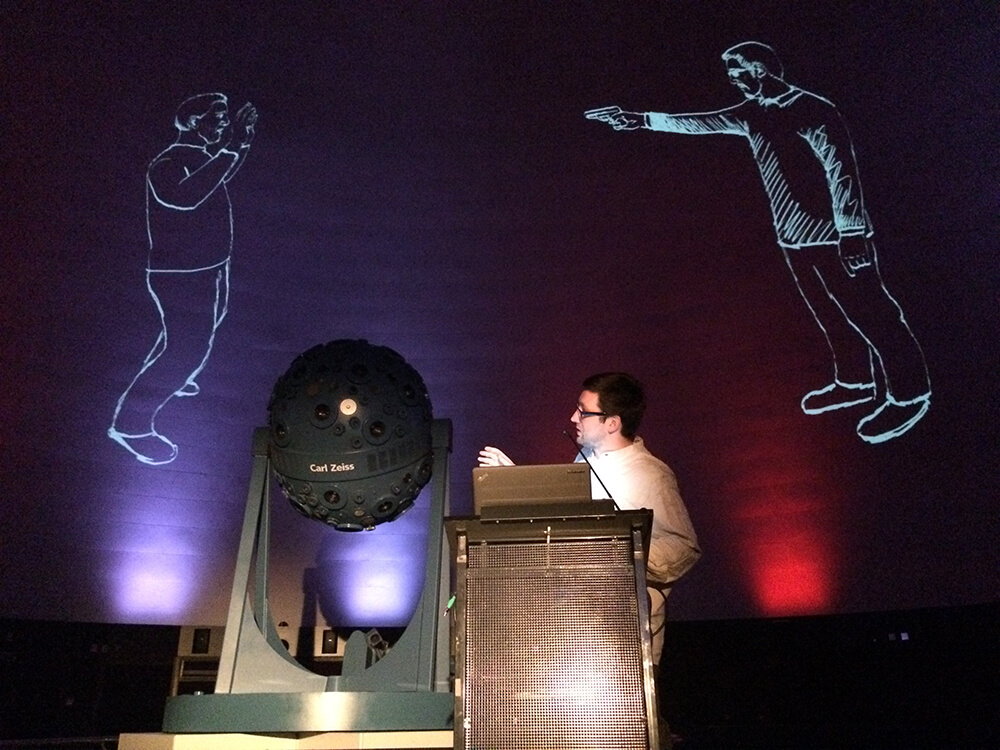 If you ask Hannes Wagner how to achieve the immersive effect, he would certainly answer:
If you ask Hannes Wagner how to achieve the immersive effect, he would certainly answer:
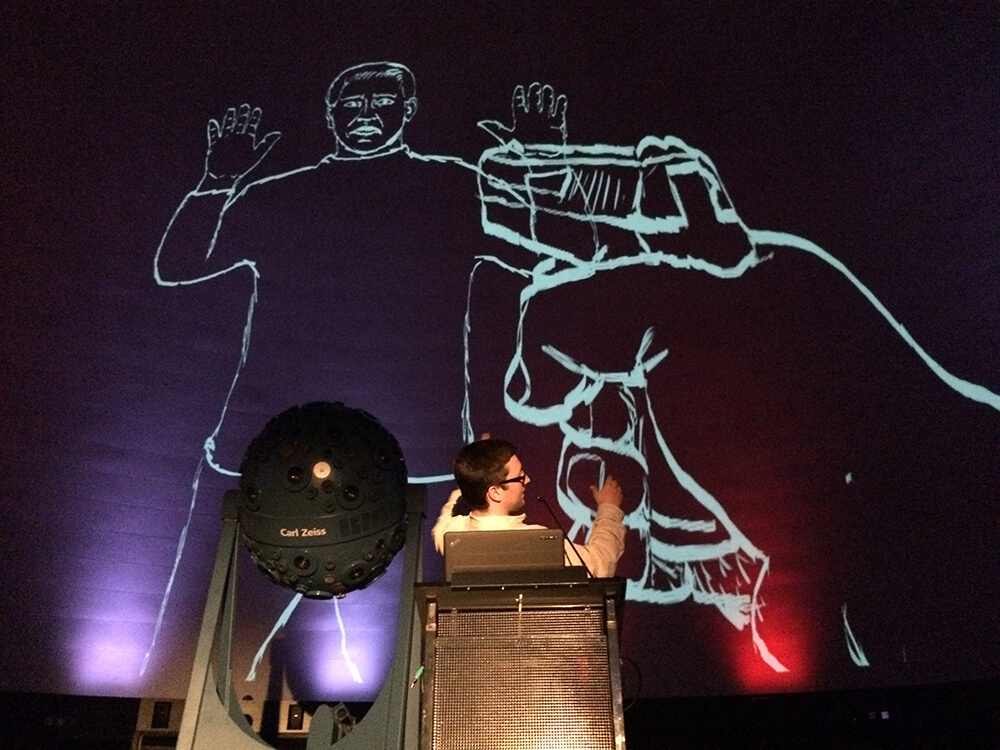 The seasoned fulldome community already knows the rules, and the next generation has more chances to break these rules and master new creative techniques. For all those who are doing their first steps into the world of fulldome, Hannes Wagner provides a piece of advice: "When you create your first 360-degree production, start thinking spatially."
The seasoned fulldome community already knows the rules, and the next generation has more chances to break these rules and master new creative techniques. For all those who are doing their first steps into the world of fulldome, Hannes Wagner provides a piece of advice: "When you create your first 360-degree production, start thinking spatially."

Hannes Wagner presenting basic ways to bring a story inside the dome
Fulldome is cinema for VR devices. If you can create content for VR, you can create it for fulldome as well.But the real question is how to tell stories and what kind of narrating can be used in fulldome and VR. The answer is easy – every kind! The only important thing is how you do it, namely how you position the viewer in relation to the 360-degree dome. Hannes Wagner believes that directing the glances of the audience is the main task a filmmaker has inside an infinite environment. The ways of scenic thinking and the tools used for making a picture aren’t as significant as the basic principle of immersion: You are inside the action.

There're also panoramic and spatial perspectives to try in the fulldome content
- Frame perspective: in 360-degree action can happen anywhere, but it’s still concentrated in one place. While the other part of the dome is nice, it remains useless to the scene. Fulldome producers usually start from the frame thinking and then switch to the spatial one;
- First-person perspective: everything happens in front of the viewers;
- Panoramic perspective: a panorama is always stunning, but it’s close to the frame thinking. There’s still a layer around the viewer rather than full-fledged immersive space;
- Spatial perspective: it’s more than just a single picture. The viewers receive the possibility to be inside the space, as the story fills the dome, and they can decide where to look at. So they become a part of the story.

Here's a usual way of building a scene in the story
Space means movement. Through movement we experience space.In this case, producers can move the camera or the whole environment. It’s also useful to create natural barriers and direct the focus of the scene without a single cut to control the viewer’s attention. As a fulldome producer you can also remove those barriers, and allow the audience to freely look around. Once you understand the strength of human perception, you’ll be able to produce the content based on the visual thinking.

A story can be told from the first-person perspective
Have you liked this post? Subscribe to FDDB Newsletter
Start the experience!
Not yet registered?
Sign up now, it's free!
Sign up now, it's free!
